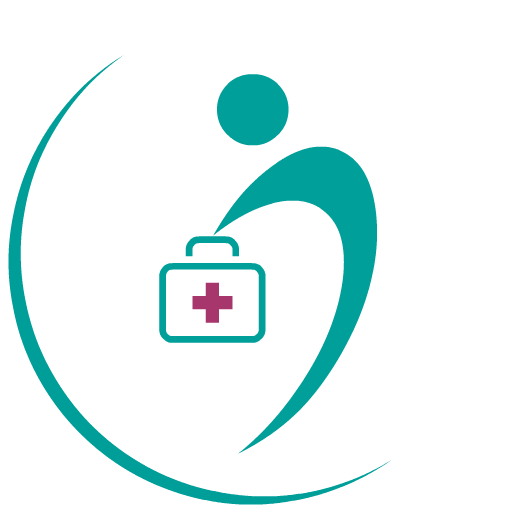Lymph nodes are present throughout your body.
They are an important part of your immune system. Lymph nodes help your body recognize and fight germs, infections, and other foreign substances.
The term "swollen glands" refers to enlargement of one or more lymph nodes. The medical name for swollen lymph nodes is lymphadenopathy.
In a child, a node is considered enlarged if it is more than 1 centimeter (0.4 inch) wide.
Considerations
Common areas where the lymph nodes can be felt (with the fingers) include:
Groin
Armpit
Neck (there is a chain of lymph nodes on either side of the front of the neck, both sides of the neck, and down each side of the back of the neck)
Under the jaw and chin
Behind the ears
On the back of the head
Causes
Infections are the most common cause of swollen lymph nodes. Infections that can cause them include:
Abscessed or impacted tooth
Ear infection
Colds, flu, and other infections
Swelling (inflammation) of gums (gingivitis)
Mononucleosis
Mouth sores
Sexually transmitted illness (STI)
Tonsillitis
Tuberculosis
Skin infections
Immune or autoimmune disorders that can cause swollen lymph nodes are:
HIV
Rheumatoid arthritis (RA)
Cancers that can cause swollen lymph nodes include:
Leukemia
Hodgkin disease
Non-Hodgkin lymphoma
Many other cancers may also cause this problem.
Certain medicines can cause swollen lymph nodes, including:
Seizure medicines, such as phenytoin
Typhoid immunization
Which lymph nodes are swollen depends on the cause and the body parts involved. Swollen lymph nodes that appear suddenly and are painful are usually due to injury or infection. Slow, painless swelling may be due to cancer or a tumor.
Home Care
Painful lymph nodes are generally a sign that your body is fighting an infection. The soreness usually goes away in a couple of days without treatment. The lymph node may not return to its normal size for several weeks.
When to Contact a Medical Professional
Contact your health care provider if:
Your lymph nodes do not get smaller after several weeks or they continue to get larger.
They are red and tender.
They feel hard, irregular, or fixed in place.
You have fever, night sweats, or unexplained weight loss.
Any node in a child is larger than 1 centimeter (a little less than half inch) in diameter.
What to Expect at Your Doctor’s Visit
Your provider will perform a physical examination and ask about your medical history and symptoms. Examples of questions that may be asked include:
When the swelling began
If the swelling came on suddenly
Whether any nodes are painful when pressed
The following tests may be done:
Blood tests, including liver function tests, kidney function tests, and CBC with differential
Lymph node biopsy
Chest x-ray
Liver-spleen scan
Treatment depends on the cause of the swollen nodes.
Blogs
Stay connected to health experts and read what they have to say via DocSmart.
Please sign up to create your own blog





